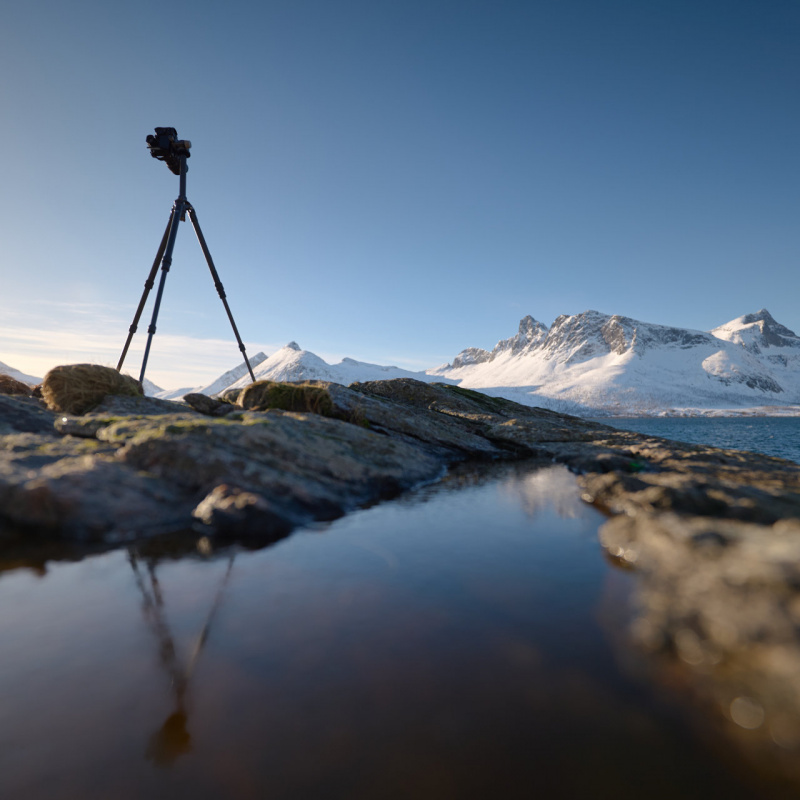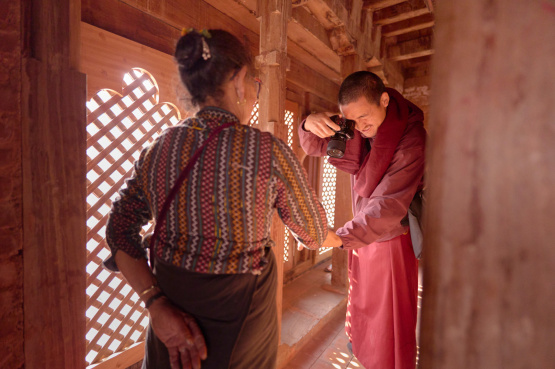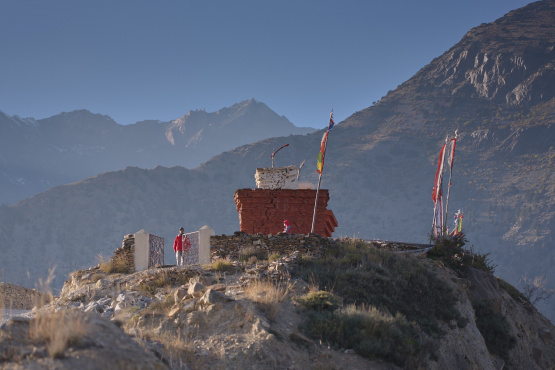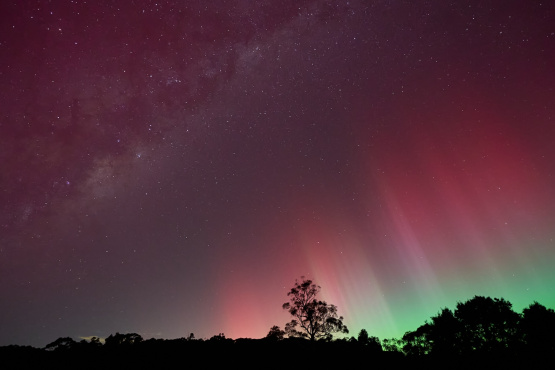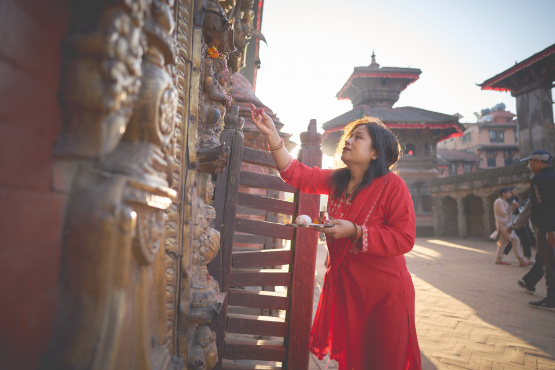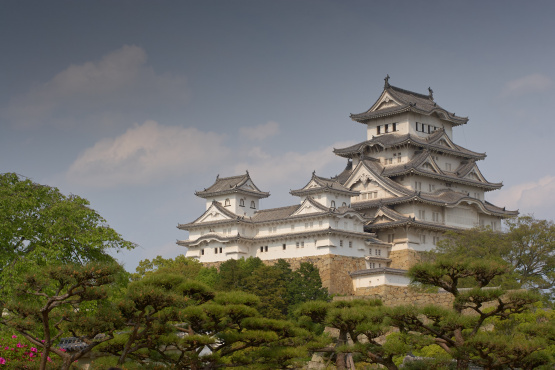The ice is nice, but it’s the penguins that make the party in Antarctica.
Gentoo Penguins in particular, a variety found in the warmer extents of Antarctica’s icy edges, kill time on land by stealing pebbles from each other and starting new arguments with their neighbours. Pebbles and stones are the main construction materials for building a nest, but it takes a brave penguin to wander through the rookery and grab a small rock.
In between bouts of territorial tussling the major activity of Gentoo and Chinstrap Penguins is to poop. With bellies full of krill they cover every inch of exposed rock with processed pink, which goes someway to explaining why penguins have never been popular as house-pets.
Visitors to Antarctica have ample opportunity to get close to the penguins, with daily excursions of the ships and the freedom to wander about the wildlife. There are rules about keeping your distance from the penguins, but it’s not uncommon for the penguins to ignore these guidelines.
Spend a moment sitting on a rock to observe the antics of the Gentoo and you might find yourself the object of their curiosity. I was approached by one lonely male with his flippers flapping but, after a few minutes staring at my thick red jacket, decided I wasn’t his type.
Expeditions that head south towards the Antarctic Circle, the infamous 65 degrees south, are likely to encounter the adorable Adelie Penguins. They have a smaller head than the Gentoo, in more ways than one, and their beady little black eyes are ringed in a white circle as though drawn on by a cartoonist.
Adelies are better prepared for the more southerly conditions, being a little hardier in the cold winds and a lot smarter across the ice. Given a long stretch of snow the Adelie flop onto their bellies and kick themselves along like a sled. They also flap their wings in unison, which gives the impression they can actually swim on the ice.
The major party trick for Gentoos, Adelies and Chinstraps is landing on an iceberg. They shoot out of the water like darts and hit the ice with more speed than grace. Not all icebergs are ideal for a splash-landing, and it’s tragically comical to watch a poorly coordinated penguin slide backwards into the water after misjudging the target.
Nature did not design the penguin with rocks and bergs in mind, with their little legs and fat bodies, but it all comes good once they enter the water. With a glass of red wine in one hand and a camera in the other you can enjoy the view from the ship’s bow and watch pods of penguins below popping through the waves at high speed.
Gentoos and Adelies swim in gangs, leaping through the air like miniature dolphins, but you might have to put down your glass of wine to take a photo.
The longer cruises around the Antarctic Peninsula also visit the islands of South Georgia, and that’s where you find the King Penguins. Similar in appearance to the Emperors they are a little shorter and far easier to visit. Emperors inhabit the coldest and most remote regions of Antarctica, below 65degrees south, while the Kings hang out on the stony beaches at the edges of the peninsula.
Anyone heading down to Antarctica this year will be overwhelmed by the sheer number of penguins, in and out of the water. They won’t be singing and dancing, but they will be glad to see you.
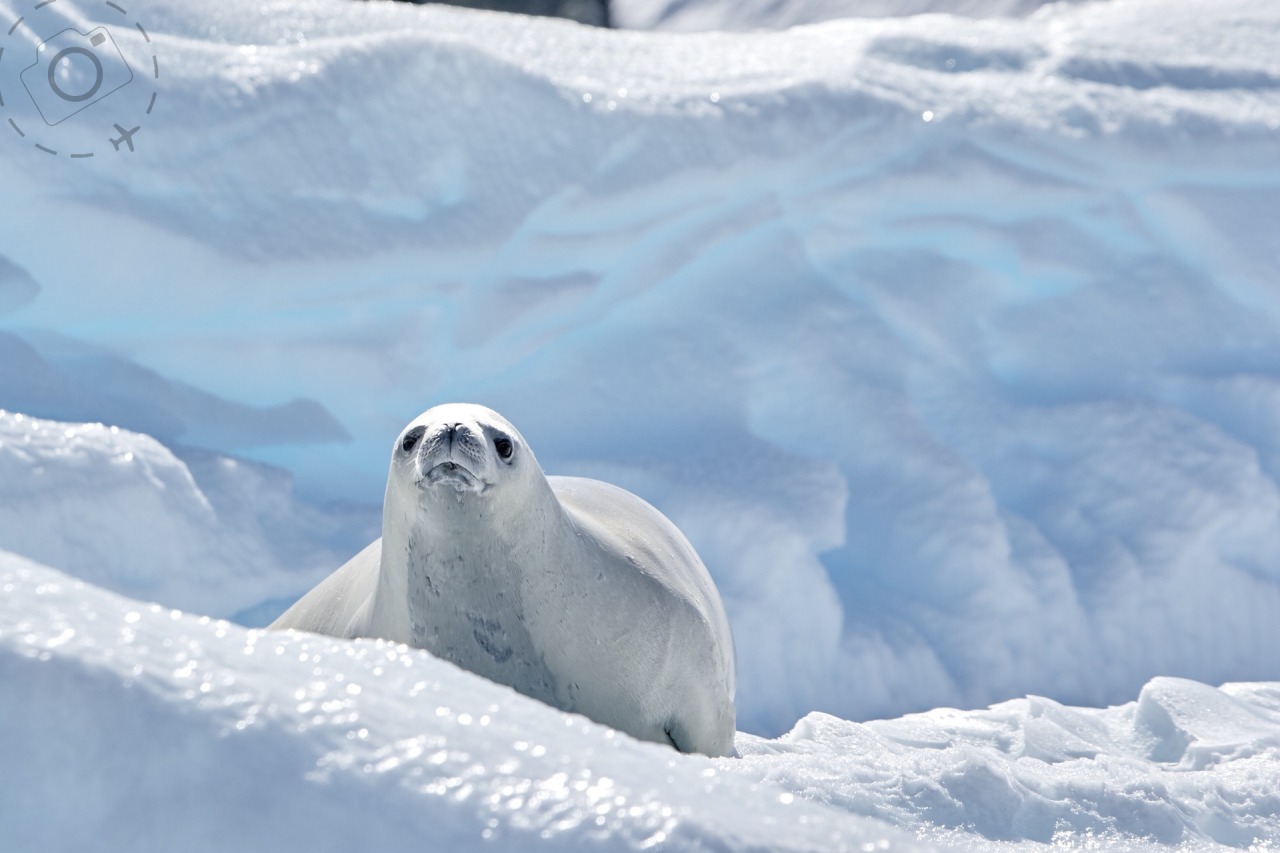
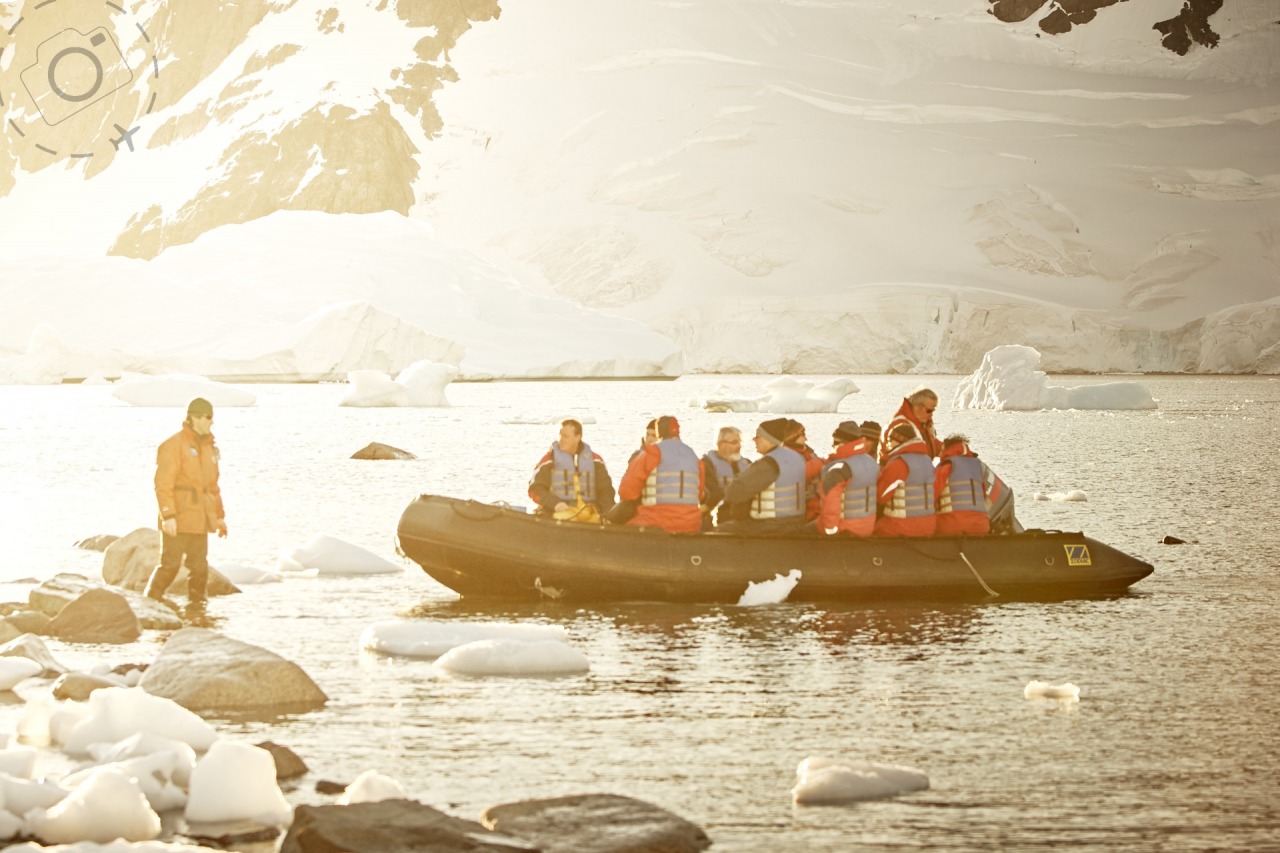
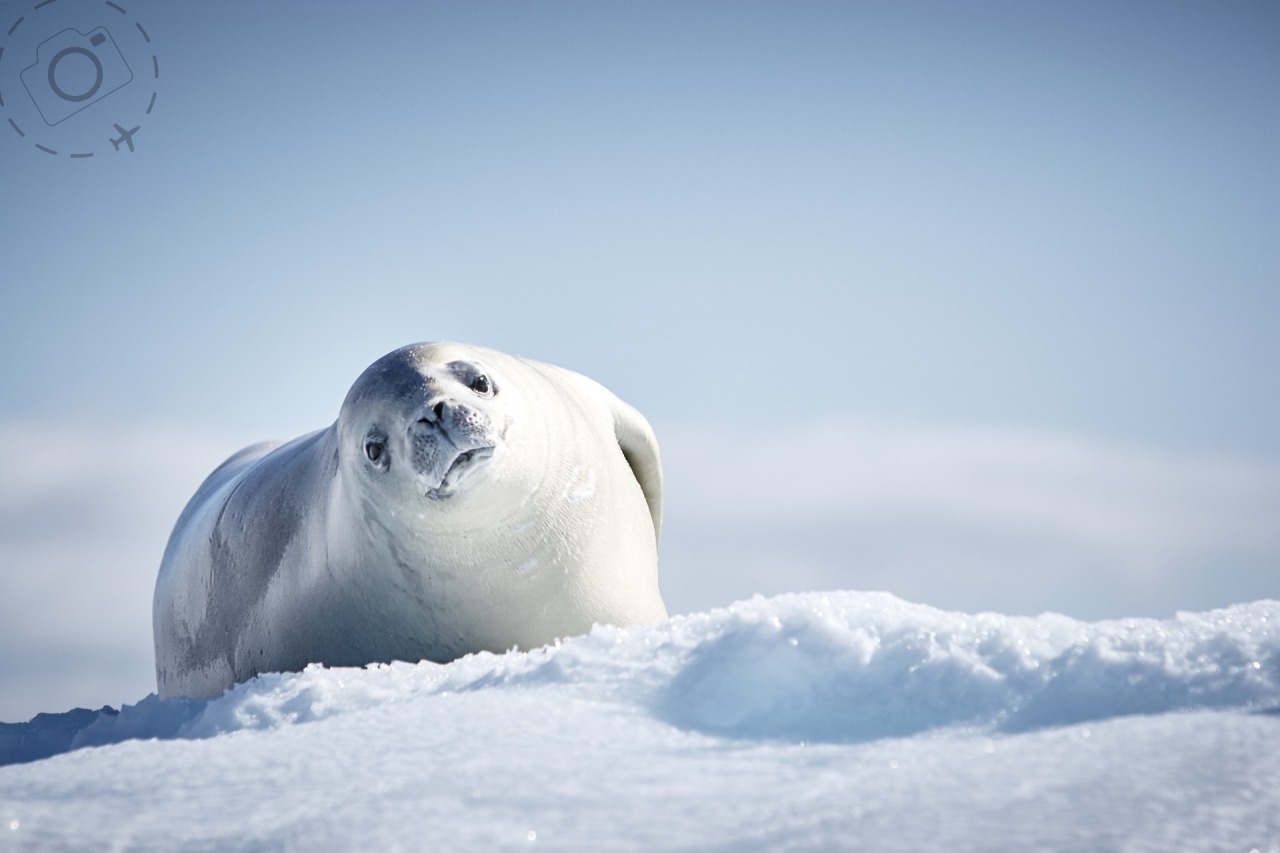

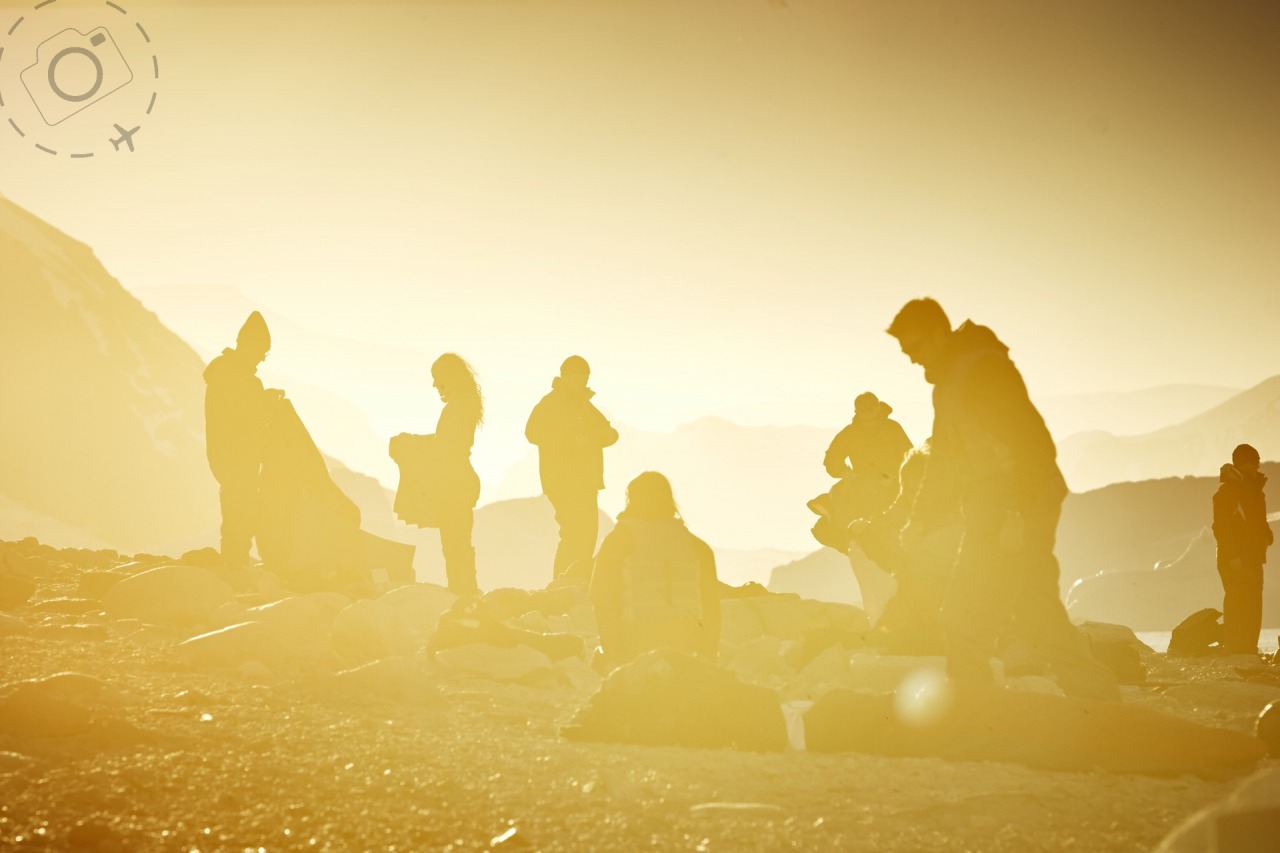
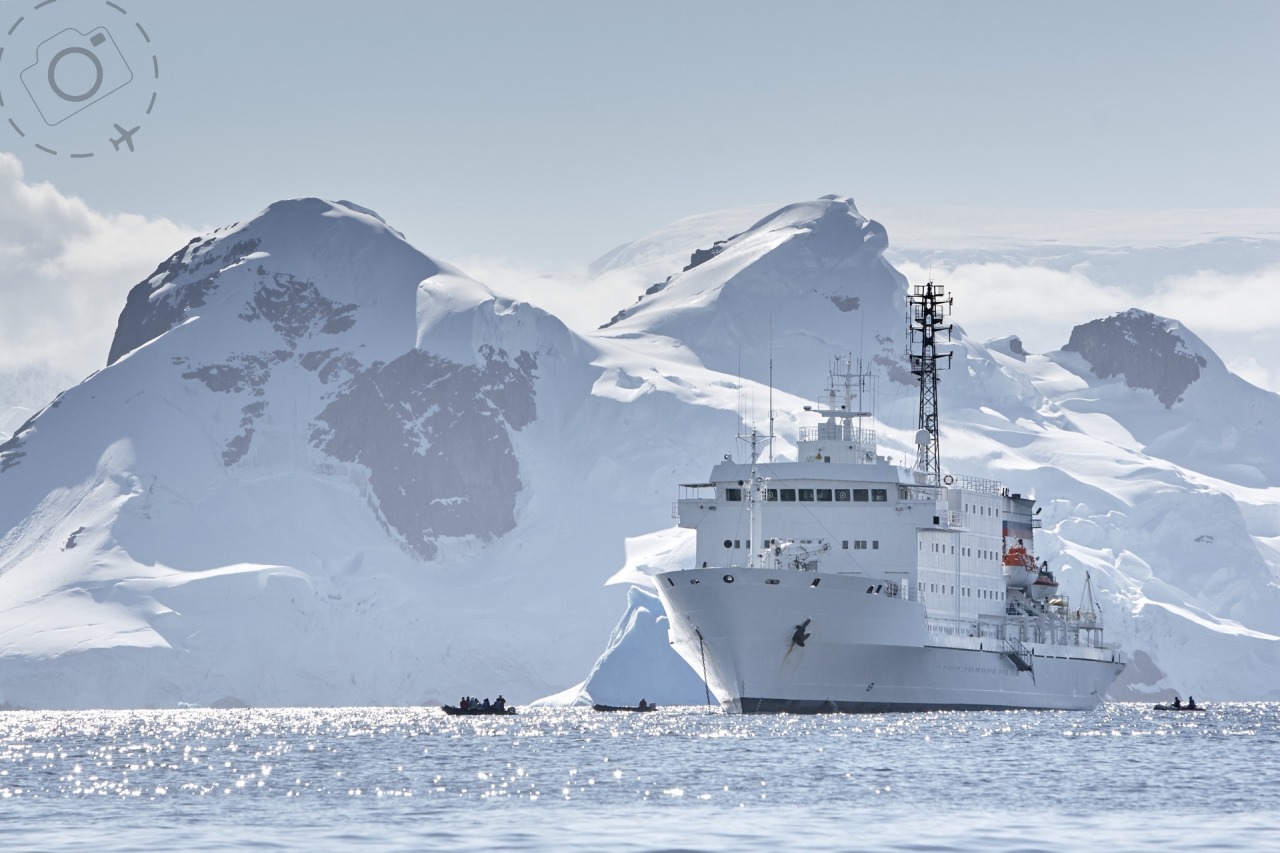

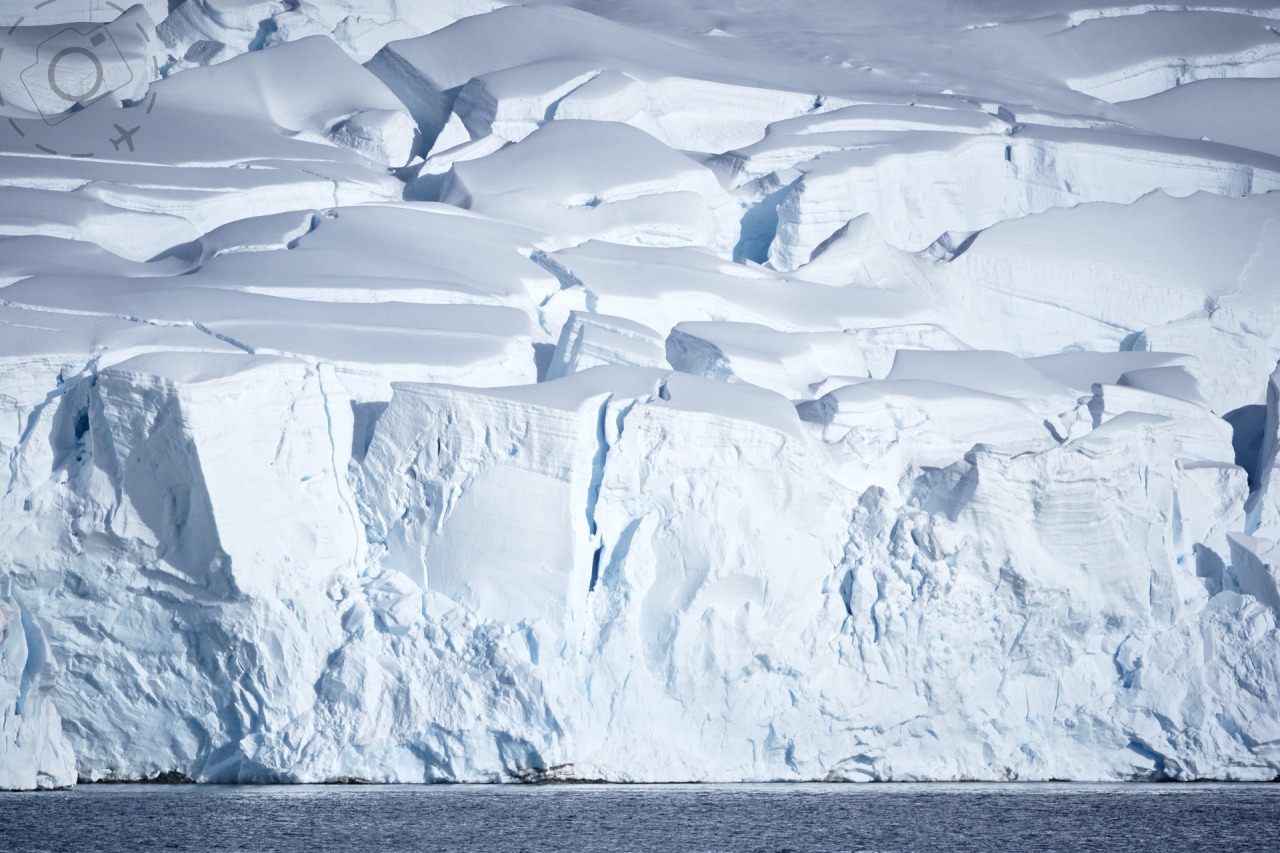
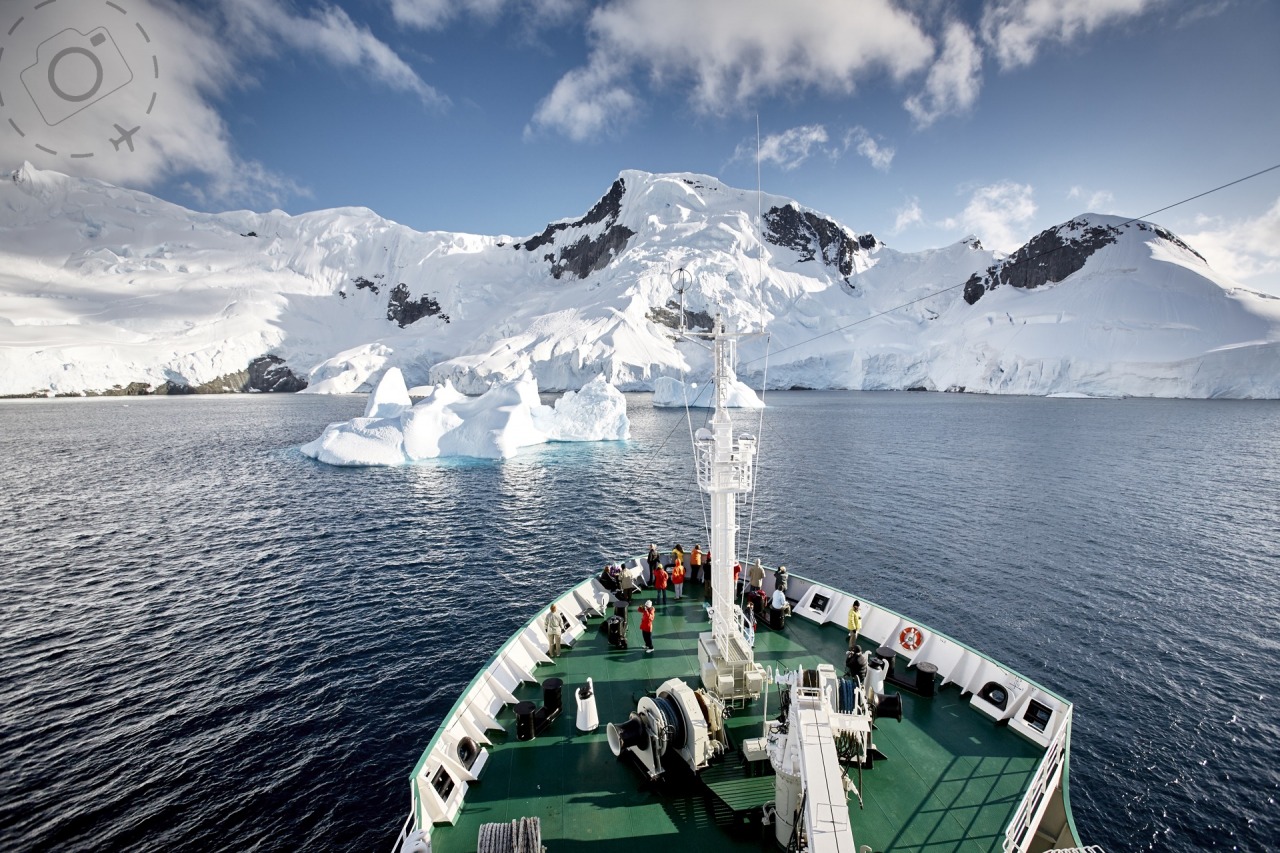

Keep Reading
Join Ewen's newsletter for monthly updates on new photography articles and tour offers...Subscribe Here


